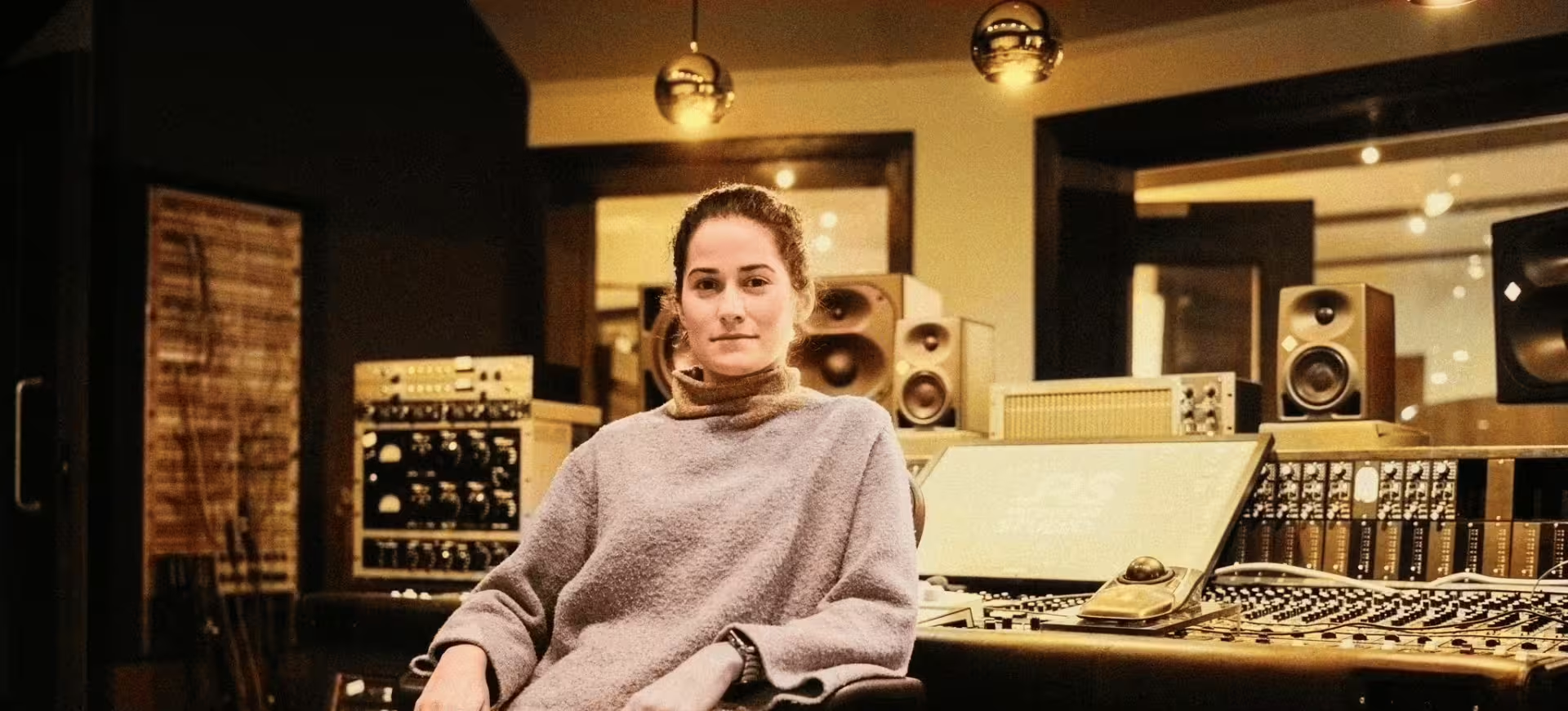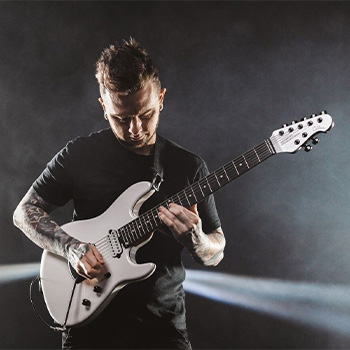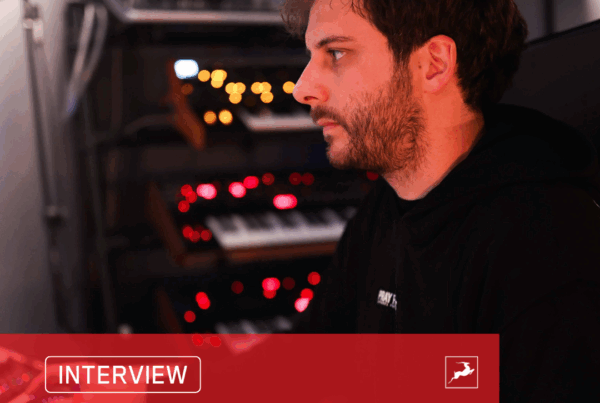In this interview, Julia Borelli, the sound engineer behind acts like Richie Hawtin, Anyma, and Tale of Us, shares her journey from guitarist to mastering immersive sound. Discover how Antelope Audio interfaces play a key role in shaping the sound of electronic music in her studio.
Julia, you’ve had a remarkable journey from being a guitarist to a top sound engineer in the electronic music scene. For those unfamiliar with your background, can you share the key moments that led you to pursue a career in sound engineering?
I grew up with music as a central part of my life, always playing whenever I could. My journey into sound engineering began like many others—I was in a band, and when it came time to record our first EP, I dove headfirst into learning the ropes. That experience hooked me, and I fell down the rabbit hole of sound engineering, discovering a deep passion that has driven my career ever since.
You’ve collaborated with some of the biggest names in electronic music, including Anyma, Richie Hawtin, and Fideles, among others. Can you share a few standout experiences or projects from these collaborations?
Most of my work is done remotely, and I spend countless hours in my studio, often not seeing the tracks I’ve worked on played live. One of the most impactful moments for me was attending my first Amsterdam Dance Event (ADE). Seeing the crowd’s reaction to tracks I had mixed or mastered was surreal and incredibly fulfilling. Now, I make it a point to attend ADE every year and occasionally go to other events. I need to check how those masters sound outside of my studio cave!
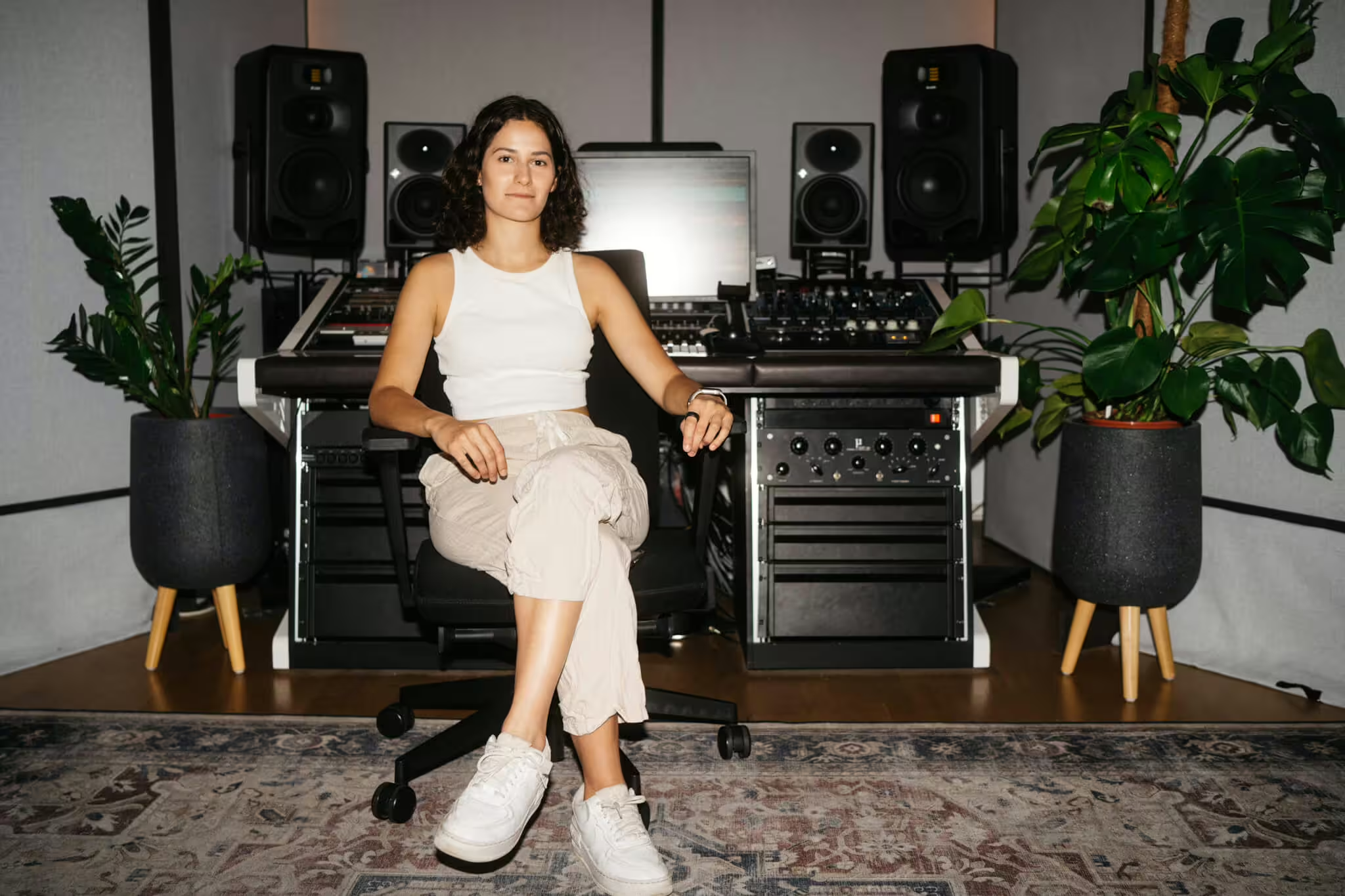
As a leading female engineer in electronic music, how do you view your role in the industry? What impact do you hope to have, and what advice would you give to young women aspiring to enter this field?
The gender gap in the music industry is significant, and when I was younger, despite my deep love for music and the idea of working in a studio, I didn’t see many female engineers to look up to. I hope my work can inspire young women to believe that they can pursue this path too. We can absolutely thrive in this field. Also, I dream of a day when I can walk into a club and not have to worry that the kick drum sounds off! Haha.
You’ve recently started using our flagship Galaxy 32 audio interface. What features have stood out to you, and how have they enhanced your sound quality and workflow in your advanced studio setup?
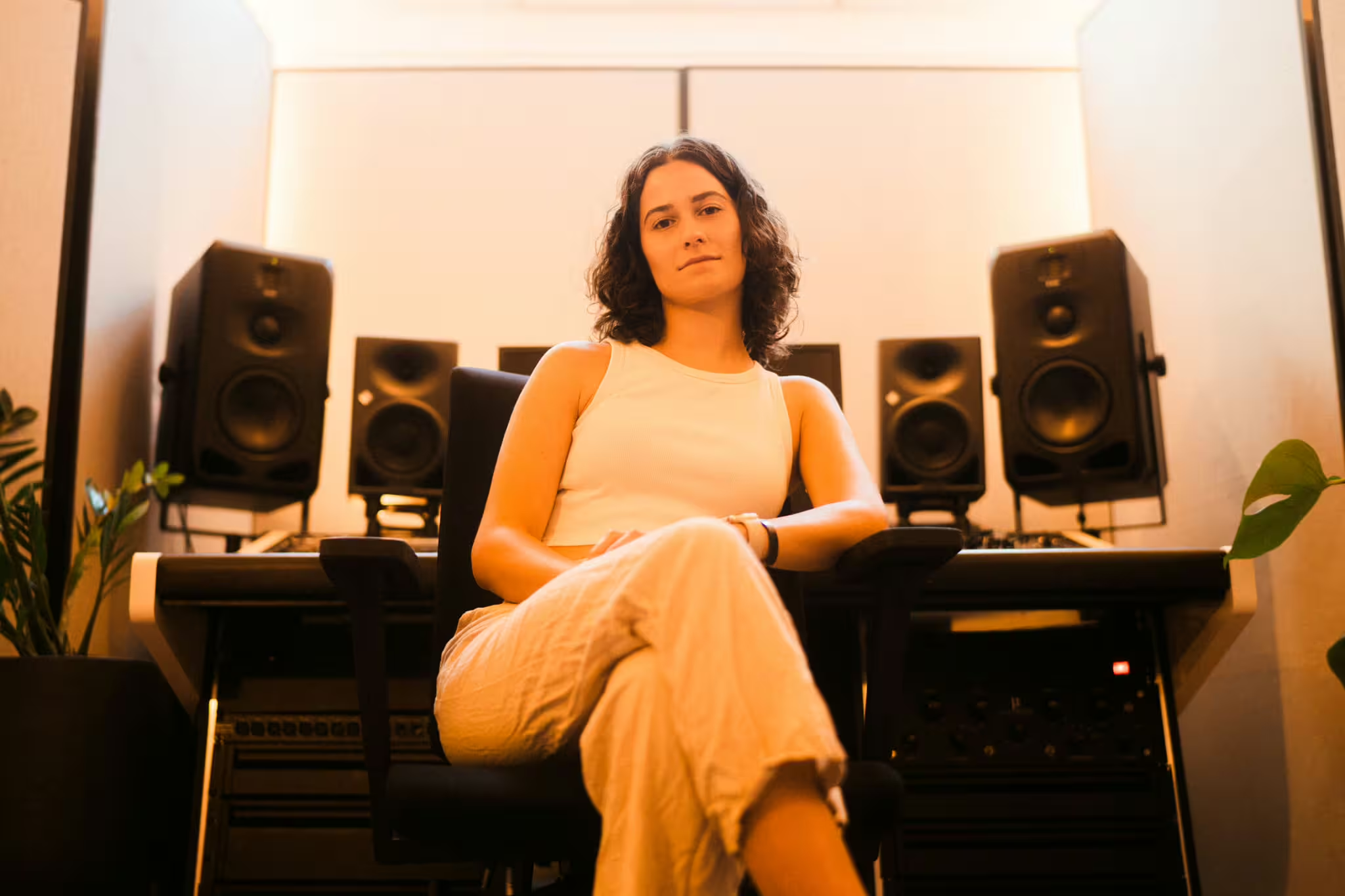
Workflow is crucial for me to be as productive as possible in the studio. The Galaxy 32’s routing capabilities have been a game-changer. The ability to switch seamlessly between my mixing and mastering setup, streaming, recording for my Patreon, or doing any other routing without needing to patch anything manually is incredibly practical. Plus, the sound quality is top-notch!
Julia, last year you became a certified Dolby Atmos mixing engineer. What’s your current setup, and how do you approach mixing and mastering in immersive sound? How do Antelope Audio interfaces enhance your work on these projects?
The Galaxy 32 + MRC is the heart of my studio. All the tuning of my Atmos setup is done internally, and the surround capabilities make it extremely easy to switch between working on a stereo mix or an Atmos mix with just one click. This flexibility is invaluable, allowing me to focus on creativity without getting bogged down in technical limitations.
Finally, what words of inspiration or advice would you like to share with the next generation of sound engineers and music producers who look up to you and your work?
Train your ears, put in the hours, and trust your instincts. The results will follow.
Hear more music from Julia Borelli at https://www.juliaborelli.com/ and https://open.spotify.com/playlist/0wMUpZcOwuUmxJNFBTSDOH. Follow on Instagram at https://www.instagram.com/juliaborelli/


